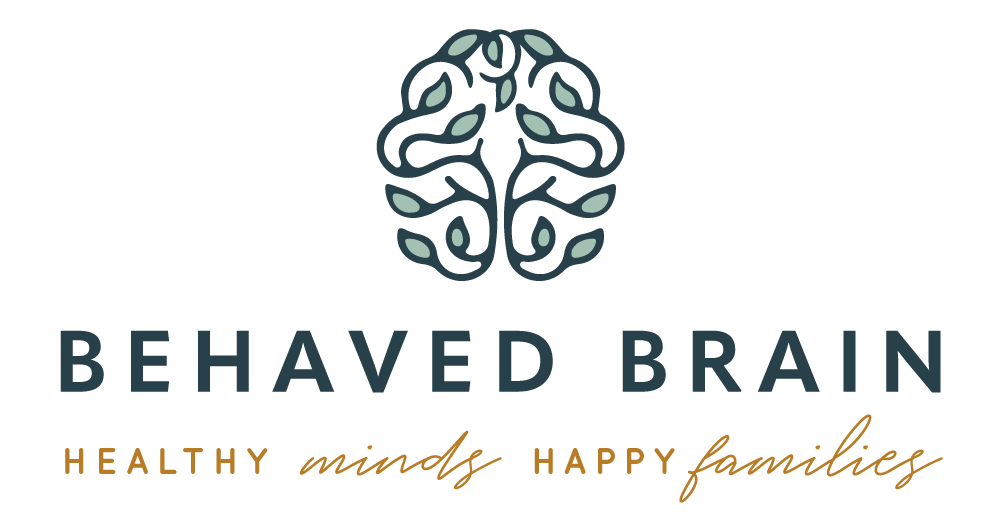In recent years, the landscape of mental health care has undergone a significant transformation, in part as a response to the COVID-19 pandemic, but also due to rapid technological advancements. Online therapy, also known as teletherapy, virtual therapy, or e-therapy, has emerged as a viable alternative to traditional in-person counseling, enabling our clients to connect with our team of licensed therapists via video calls, phone calls, or text messaging. This shift has been accelerated by products like Zoom, changing societal attitudes, and a need to support busy schedules.

The Surge of Online Therapy in the United States
The adoption of online therapy in the United States has seen a remarkable increase in recent years due to several factors, which have contributed to this growth:
- Technological Advancements: The proliferation of high-speed internet and the ubiquity of smartphones have made virtual communication more accessible than ever.
- Global Health Crises: The COVID-19 pandemic necessitated social distancing measures, prompting both therapists and clients to explore remote counseling options. Most healthcare insurers also adopted “teletherapy” models to ensure clients had access to mental health care.
- Changing Attitudes: There is a growing acceptance of mental health care, and online platforms have reduced the stigma associated with seeking therapy.
- Greater Need for Efficiency: The American family is experiencing a surge in schedule commitments, from school to sports and even travel. Current technology has proven so effective in communicating that it has given rise to virtual meetings, reducing the need to commute to appointments, and enables clients to join a session from anywhere around the world.
Increased Use of Online Therapy
The adoption of online therapy in the United States has seen a significant increase, particularly accelerated by the COVID-19 pandemic. Key statistics highlighting this trend include:
- Increased Usage: In 2021, 37.0% of adults reported using telemedicine services, with higher usage among women (42.0%) compared to men (31.7%). (CDC)
- Pandemic Influence: The early months of the COVID-19 pandemic saw a dramatic rise in telehealth services as providers adapted to reduce virus exposure risks. (PMC)
- Youth Engagement: In 2022, 28% of teenagers in the U.S. received mental health treatment via online platforms, reflecting growing acceptance among younger populations.
Why Choose Online Therapy?
- Accessibility: Online therapy breaks down geographical barriers, making mental health services available to those in remote areas or with mobility challenges.
- Convenience: Clients can schedule sessions without the need to commute, fitting therapy into their busy lives more easily.
- Anonymity and Privacy: Engaging in therapy from the comfort of one’s home can provide a sense of privacy, encouraging openness.
- Expanded Therapist Options: Clients have the flexibility to choose from a broader range of therapists, finding the best fit for their needs.
- Effectiveness: Studies have shown that online therapy can be as effective as traditional face-to-face sessions in treating various mental health conditions.
- Flexibility: Various modalities, such as video calls, phone sessions, and text-based therapy, allow clients to choose the format that suits them best.
- Continuity of Care: Clients can maintain therapeutic relationships even when traveling or relocating.
FAQ’s About Online Therapy

Is online therapy as effective as in-person therapy?
Yes, research indicates that online therapy is comparable in effectiveness to traditional in-person therapy for many mental health issues.
How do I know if online therapy is right for me?
Consider factors such as your comfort with technology, need for flexibility, and personal preferences. Many find online therapy beneficial, but it’s essential to assess if it aligns with your specific needs.
What platforms are used for online therapy sessions?
Our therapists and counselors at Behaved Brain utilize secure, HIPAA-compliant platforms to ensure client confidentiality. Common tools include specialized telehealth applications and encrypted video conferencing services.
Will my insurance cover online therapy?
Coverage varies by provider and plan. It’s advisable to contact your insurance company directly to inquire about teletherapy benefits. Some platforms also offer services through Employee Assistance Programs (EAPs) and behavioral health benefits. Our team can help you navigate these questions and submit paperwork for reimbursement.
What should I expect during an online therapy session?
Sessions typically mirror traditional therapy but are conducted via video, phone, or text. You’ll engage in discussions with your therapist, set goals, and work collaboratively on your mental health concerns.
What technology do I need for online therapy?
A stable internet connection, a device with a camera and microphone (such as a smartphone, tablet, or computer), and a private, quiet space are essential for online therapy sessions.
The Future of Online Therapy
The trajectory of online therapy suggests continued growth and integration into mainstream mental health care. Innovations such as AI-driven chatbots and digital therapeutics are expanding the ways individuals can access support. While these technologies offer supplementary assistance, they are not replacements for professional therapy.
As the field evolves, it’s crucial to balance technological advancements with personalized care, ensuring that online therapy remains effective, accessible, and aligned with individual needs.
Online therapy has revolutionized the mental health landscape by providing flexible, accessible, and effective support options. Its growing popularity is a testament to its ability to meet diverse needs, breaking down traditional barriers to mental health care. Whether you’re seeking convenience, specialized support, or a comfortable therapeutic environment, online therapy at Behaved Brain offers a viable and often advantageous alternative to in-person sessions.







